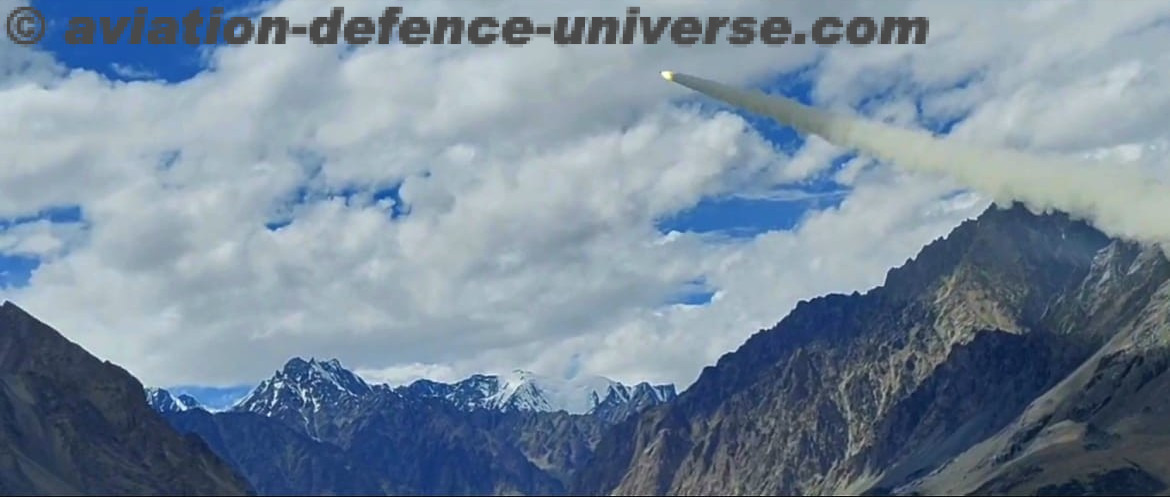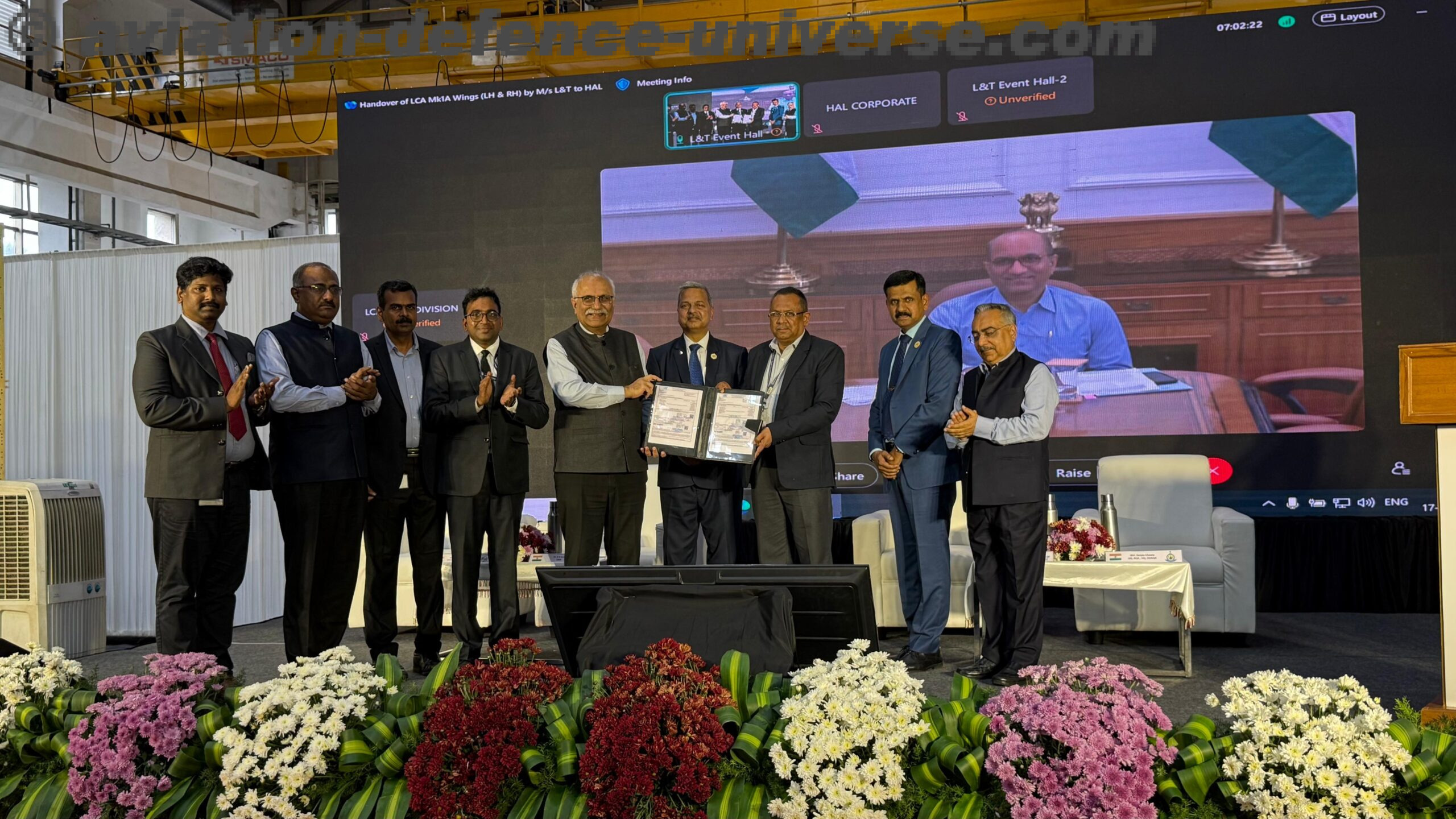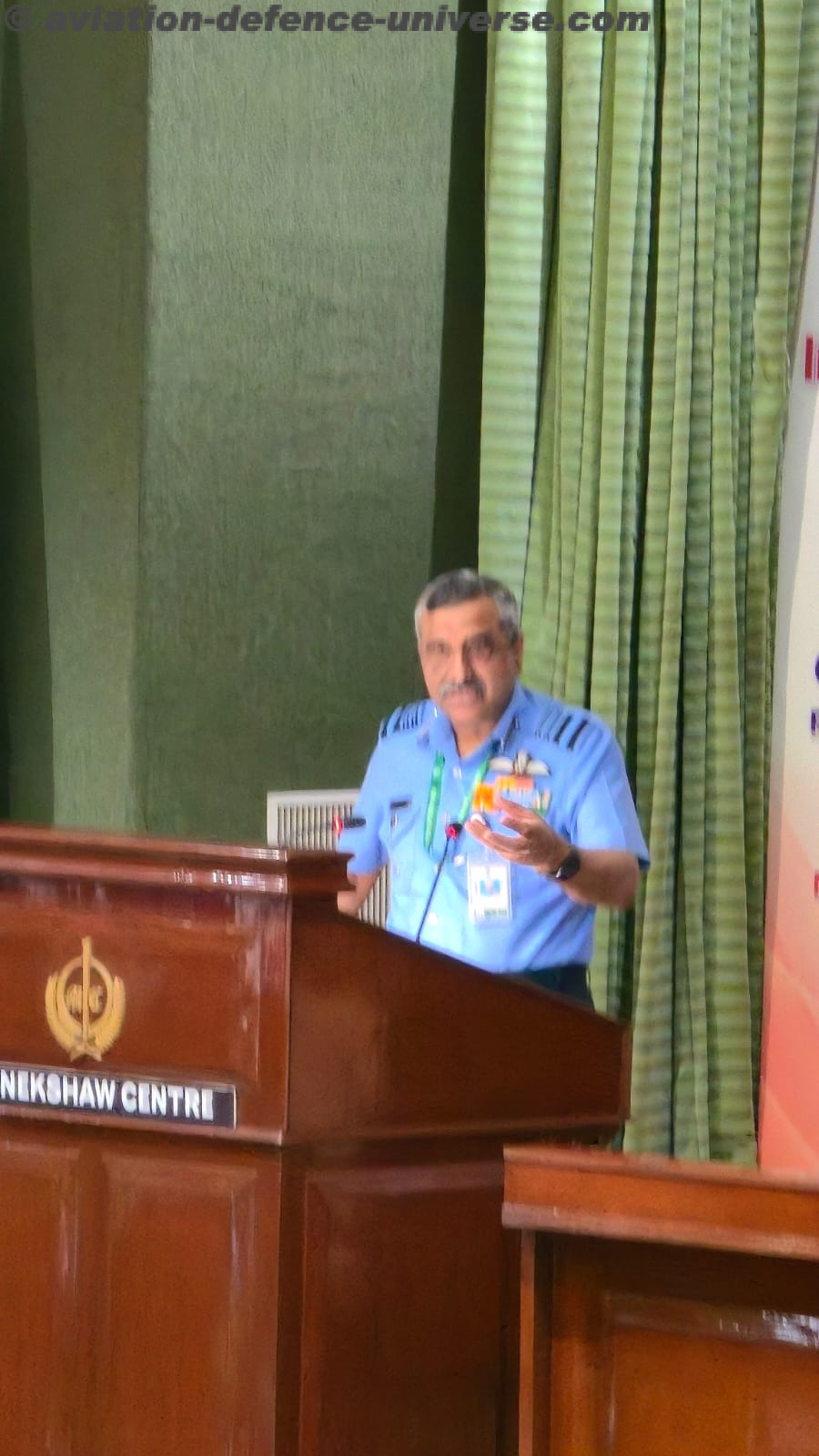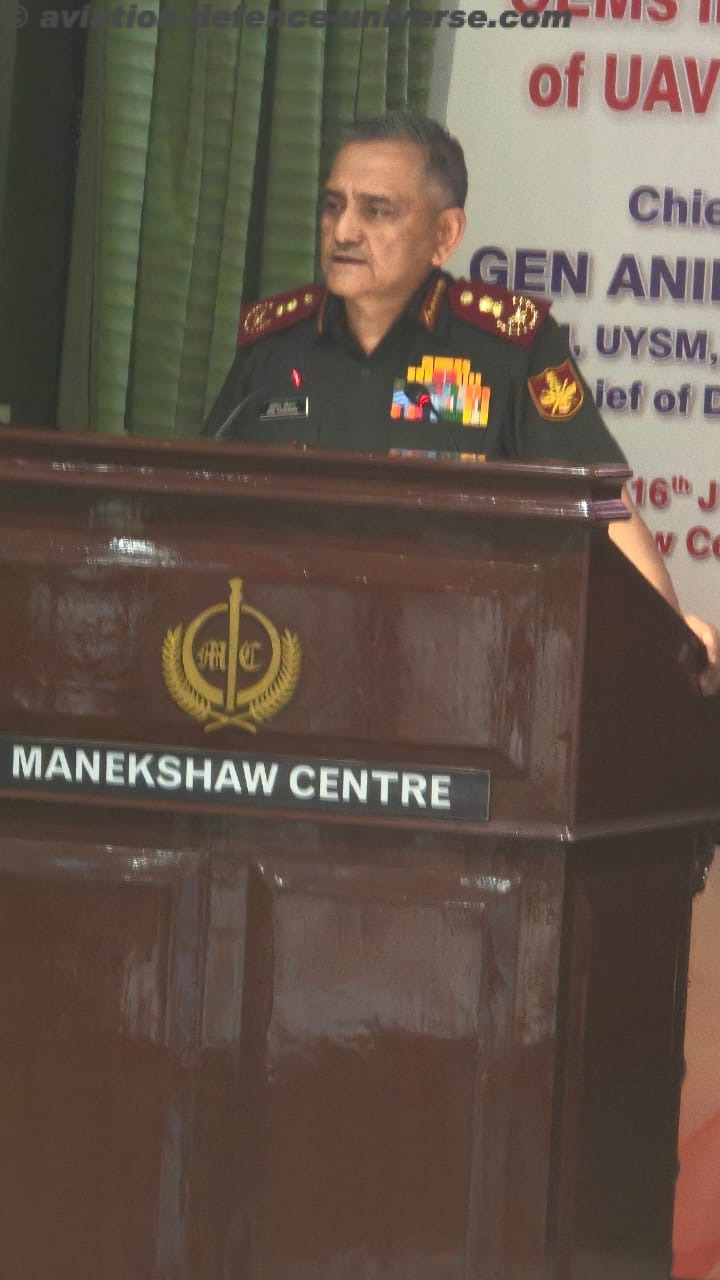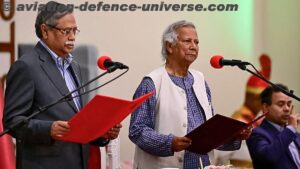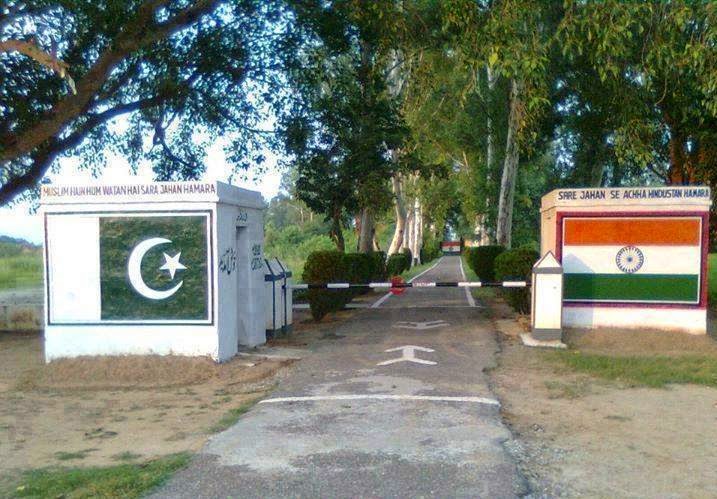
- Born together, grew up independently & growing old individually
By Jai Kumar Verma
New Delhi. 13 August 2022. It is a story of a painful birth of two nations which began 75 years ago, who grew up in animosity, remain not-so-friendly neighbours but one sees a growth trajectory with a technological climb and the other a growth trajectory in the reign of terror. Lets see how India and it’s western neighbour Pakistan, which got freedom at the same time have fared since then.
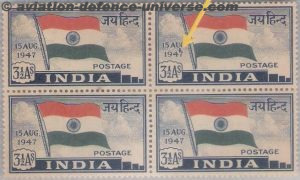
As Pakistan was created on the basis of failed two nation theory it became Islamic Republic of Pakistan while India became a secular democratic country. Although Pakistan started with democracy but there were several successful as well as failed military coups in the country. The coups were successful in 1958, 1977, and 1999. Besides these successful coups there were unsuccessful coup attempts in 1951, 1980 and 1995. These failed coup attempts came to limelight while few remained unreported.
Pakistan army projected itself as the protector of the country from external aggression especially India. Even when there was civilian rule, the army controlled domestic as well as foreign policies. In this way army has not allowed to strengthen democratic institutions in Pakistan. There is a saying that all the countries have armies but Pakistan army has a country. On the other hand, India remained a democratic country and worked under a secular constitution and independent judiciary. Pakistan which is smaller than India is already disintegrated once in 1971 when a new country Bangladesh was carved out.

The creation of Bangladesh has strengthened several other secessionist movements in the country including Balochistan, Sindh and Balawaristan (Gilgit and Baltistan). Pashtuns also demand for a greater Pakhtoonistan which would include areas of Pakistan and Afghanistan. Residents of Pakistan Occupied Kashmir also want to disaffiliate from Pakistan. Muhajirs who migrated from India also claim for a separate province but want to secede. The residents of Saraikistan in Punjab province demand a separate state as they claim that the progress of South Punjab is neglected. Apart from these secessionist movements bloody war is going on between Sunnis and Shias. Both of them have constituted separate extremist outfits and attacking each other’s mosques and the religious places. All nationalities in Pakistan claim that Punjabis are harassing and exploiting them and also utilising all the resources of the country. On the other hand, India has no secessionist movement however the lackeys of Inter Services Intelligence (ISI) are trying to create religious divide in India but is getting very little success in their nefarious designs.
Both countries have adopted two different economic routes. Pakistan’s economic growth was better than India up to 1980 but after that India’s economic growth was much faster than Pakistan. At present India’s trillion-dollar economy is not only the fastest growing economy, it is fifth in the world while Pakistan stands 45th in the list. India’s economy is 10 times stronger than of Pakistan. In 2020 India’s GDP was $2709 billion while Pakistan’s GDP was $263 billion only. Although India has a much bigger population but in 2020 India’s per capita income was 1.56 times higher than Pakistan’s on exchange rate basis. The ease of doing business which is very important for getting foreign investment, India’s world ranking was 63 while Pakistan was at 108 place.
Pakistan’s foreign currency reserves are dwindling very fast while inflation is rising. The economic situation of the country is worsening and it may collapse like Sri Lanka’s economy. In June Pakistan’s foreign reserve was fallen to $ 8.24 billion. The State Bank of Pakistan suggested the ban on the import of all non-essential items. But the import of Petroleum products is the biggest challenge. The cost of living especially of essential commodities skyrocketed. At present one US dollar is equal to 221 Pakistani rupee. In March 2022 Public debt of Pakistan was $248.7 billion which was 80.2 percent of gross domestic product. The analysts claim that Pakistan may default on loan if IMF does not give loan. Even if IMF gives loan the respite would be only for some time.
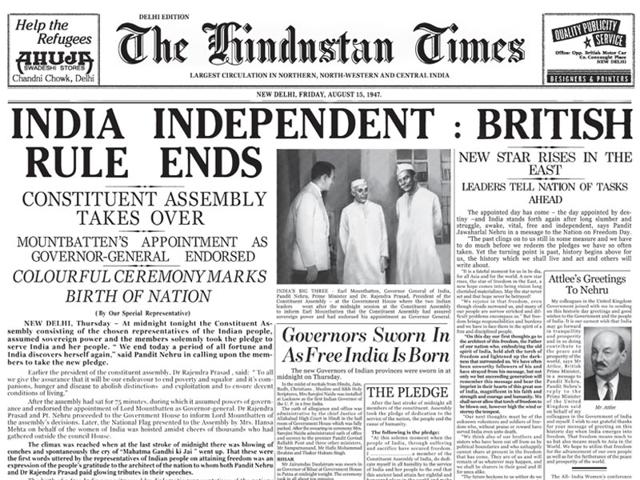
Delhi’s external debt is $570 billion in March 2021 which is only 21.1 percent of GDP. India’s services sector is not only strong but is fastest growing. India’s service sector is about 60% and provides employment to 28%. India is manufacturing several items indigenously under Make in India programme. India is also trying hard to export defence items and few countries have already showed interest, while Pakistan only purchases defence items mainly from China.
Even though Pakistan became an independent country in 1947 but its animosity towards India never ended. Islamabad always felt insecure because of size of India; hence it took several decisions which were against the interests of the country. Pakistan has an army of 560,000 active soldiers and besides that there are Army reserve and National Guard. Pakistan’s defence budget is Rs.1,523 billion which is an increase of 11 percent on previous budget. It is much more than Pakistan’s capability and in proportion to its GDP. Islamabad is spending so much on defence just to compete with India.
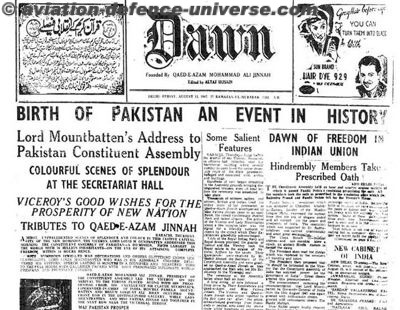
Rawalpindi has waged a low intensity war against India and using terrorism as a strategy. However, in the process of sending terrorists in India few terrorist outfits are involved in several terrorist acts in Pakistan. As it is sponsoring terrorism, Financial Action Task Force (FATF) has put the country in Grey List and possibility that it slides to Black List cannot be ruled out.
Same way Pakistan is involved in drug smuggling to India but it generated large number of drug addicts in the country. According to a report Pakistan has 8.9 million drug users and the number is increasing rapidly.
Pakistan’s fear about India is based on phony assumptions. India is a peaceful country and Indian history is a testimony of the fact that we never attacked any other country. India is also facing multiple problems and would not enhance by attacking any other country. In fact, Pakistan became friendly to China just to counter India but China being an expansionist country would certainly annex few areas of Pakistan.
India did three nuclear explosions on 11 May 1998 but Pakistan with its meagre economic resources did six nuclear blasts same month. The west-imposed sanctions and also suspended assistance which damaged the economy of both the countries but damage to Pakistan was much more as its dependence on foreign assistance is much more than India.
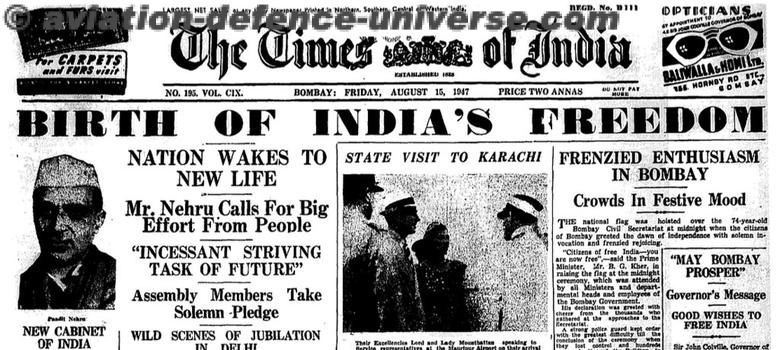
Rawalpindi has given false hopes to its countrymen that Kashmir would be merged in Pakistan as it is a Muslim majority state. ISI is spending large sum on clandestine operations without much success. There can be peace if Pakistan stops spreading terrorism in India. In case of peace both countries can do business, which would be beneficial for India as well as for Pakistan.
Pakistan should stop comparing India and should understand that it has no danger from Delhi hence it should curtail its military expenditure, should stop assisting terrorists and should make efforts to solve water shortage, provide medical care to its countrymen. The country should launch poverty alleviation programmes, population explosion should be controlled, mounting illiteracy and extremism is also dangerous. Pakistan’s economy is on ventilator while political system is not working. No country can progress without skill development. Both India and Pakistan should take lessons from history. Germany, France, United Kingdom fought bitter battles but now they are friends. India and Pakistan can also be friends provided Islamabad stops low intensity war against India and devote its time and energy in the progress of the country. India is progressing very fast and wants that Pakistan as well as its other neighbours also progress.
(Jai Kumar Verma is a Delhi-based strategic analyst and Life member of United Services Institute of India and member of Manohar Parrikar Institute for Defence Studies and Analyses. The views in the article are solely the author’s. He can be contacted at editor.adu@gmail.com)











